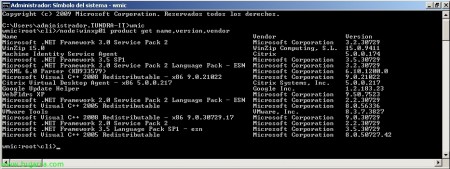Customizing the theme in OWA 2010
Well, a little document somewhat overdue, but how did this issue come up in a client recently?, we make a brief summary of the changes that would be necessary to customize or customize a theme in the Outlook Web App of our Microsoft Exchange servers 2010, With this we will make a totally corporate interface where we will have the bosses happy! 😛











































